News: Environment Institute
Extinction risk of native bee populations increased by bushfires
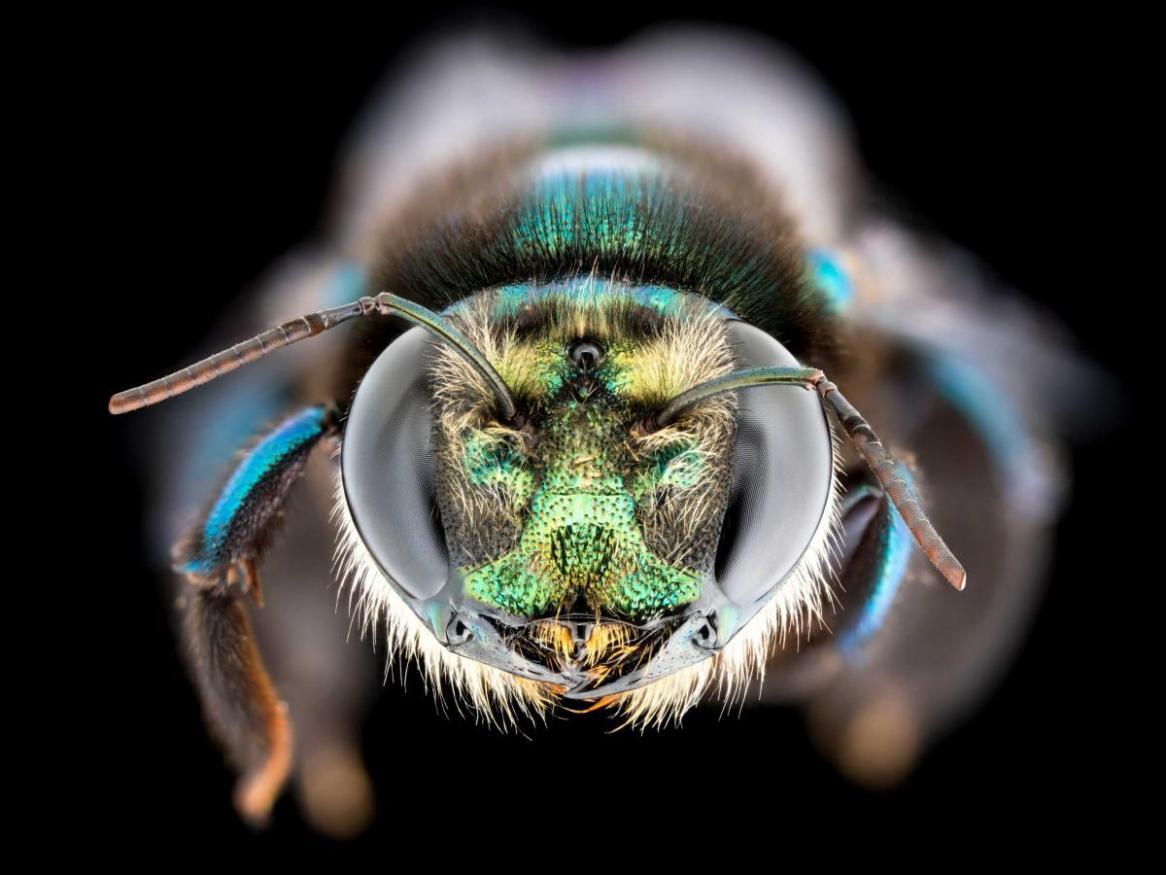
The number of threatened Australian native bee species is expected to increase by nearly five-fold after the devastating Black Summer bushfires in 2019-20, according to new research.
[Read more about Extinction risk of native bee populations increased by bushfires]
New citizen science project to create a buzz in rural Australian schools
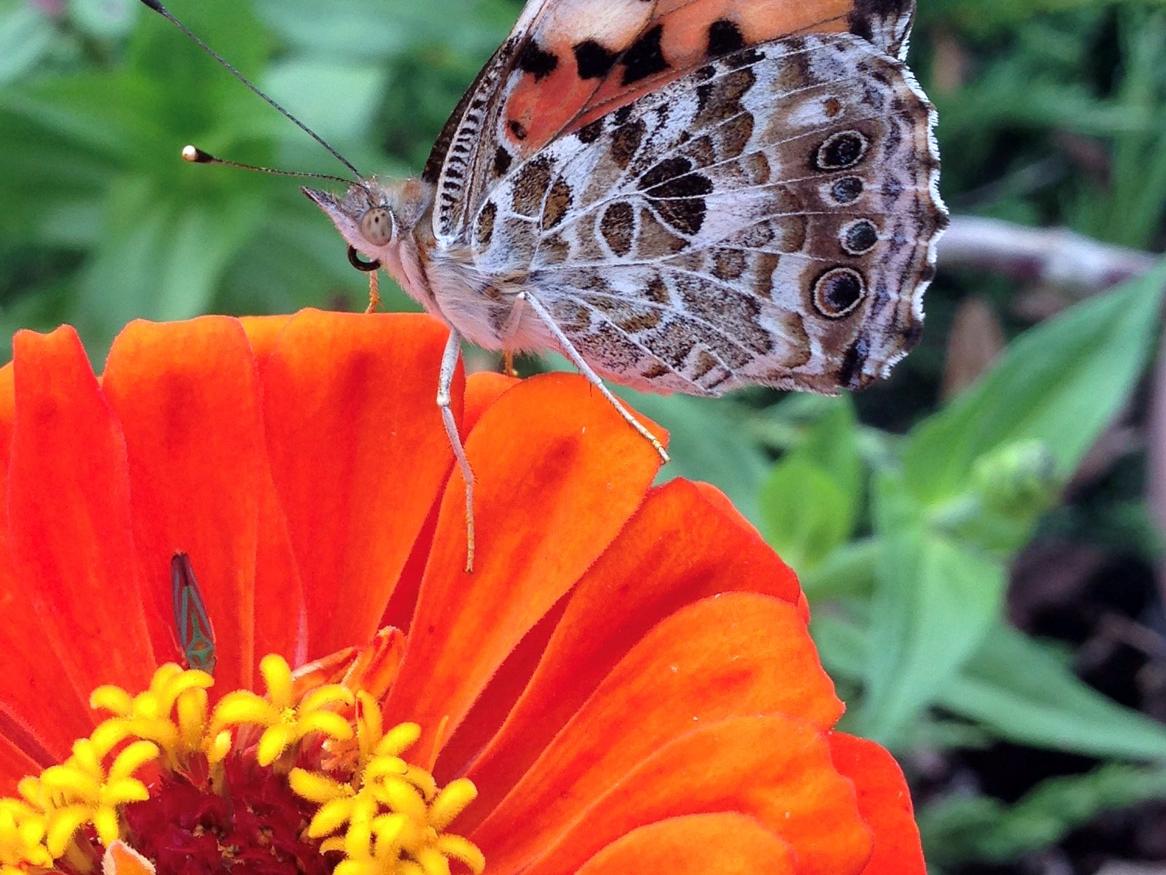
School students will be able to document their local insect biodiversity and potentially discover new species in their area, as part of a new project led by SA Museum and University of Adelaide scientists.
[Read more about New citizen science project to create a buzz in rural Australian schools]
Seeking eco-warriors to create award-winning videos
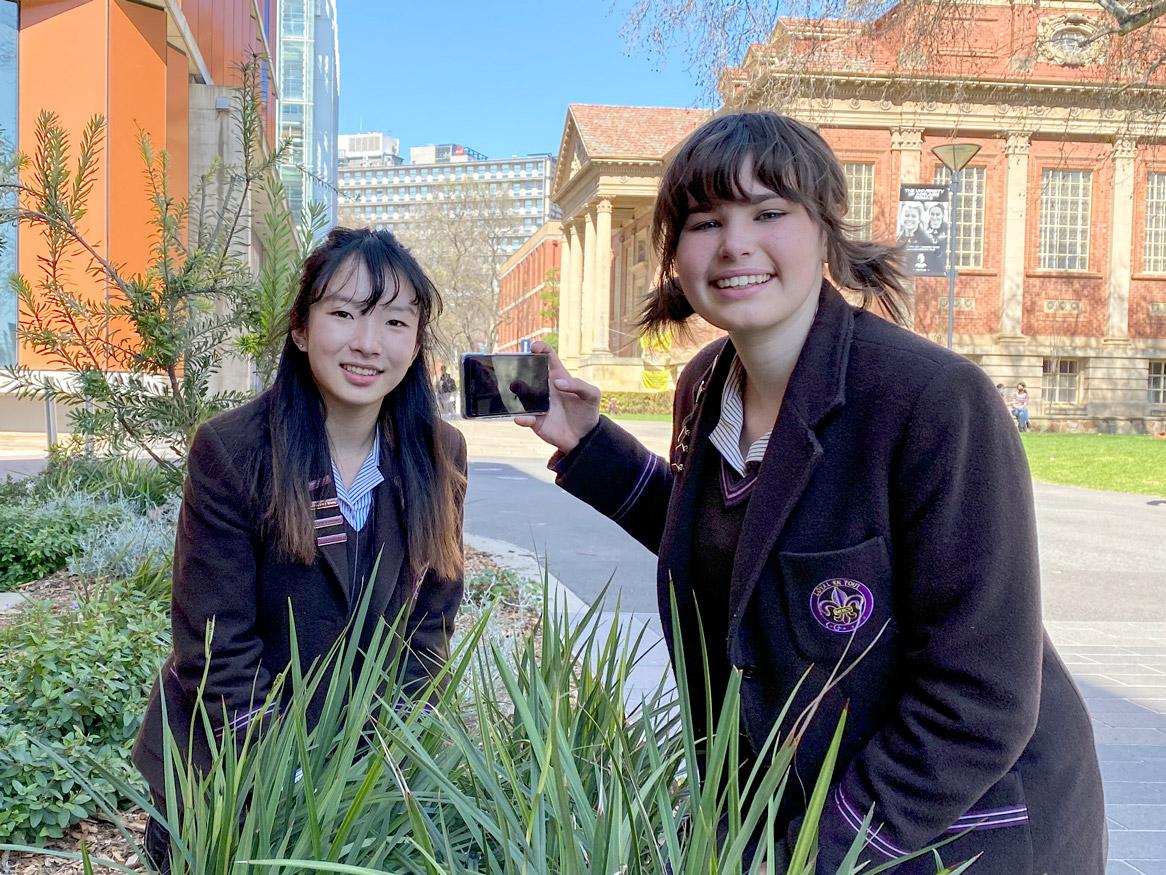
High school students have the opportunity to be named the University of Adelaide Young Scientist of the Year and win themselves cash prizes by making a short video about an environmental problem or solution.
[Read more about Seeking eco-warriors to create award-winning videos]
Tall Poppy awards for Uni of Adelaide researchers
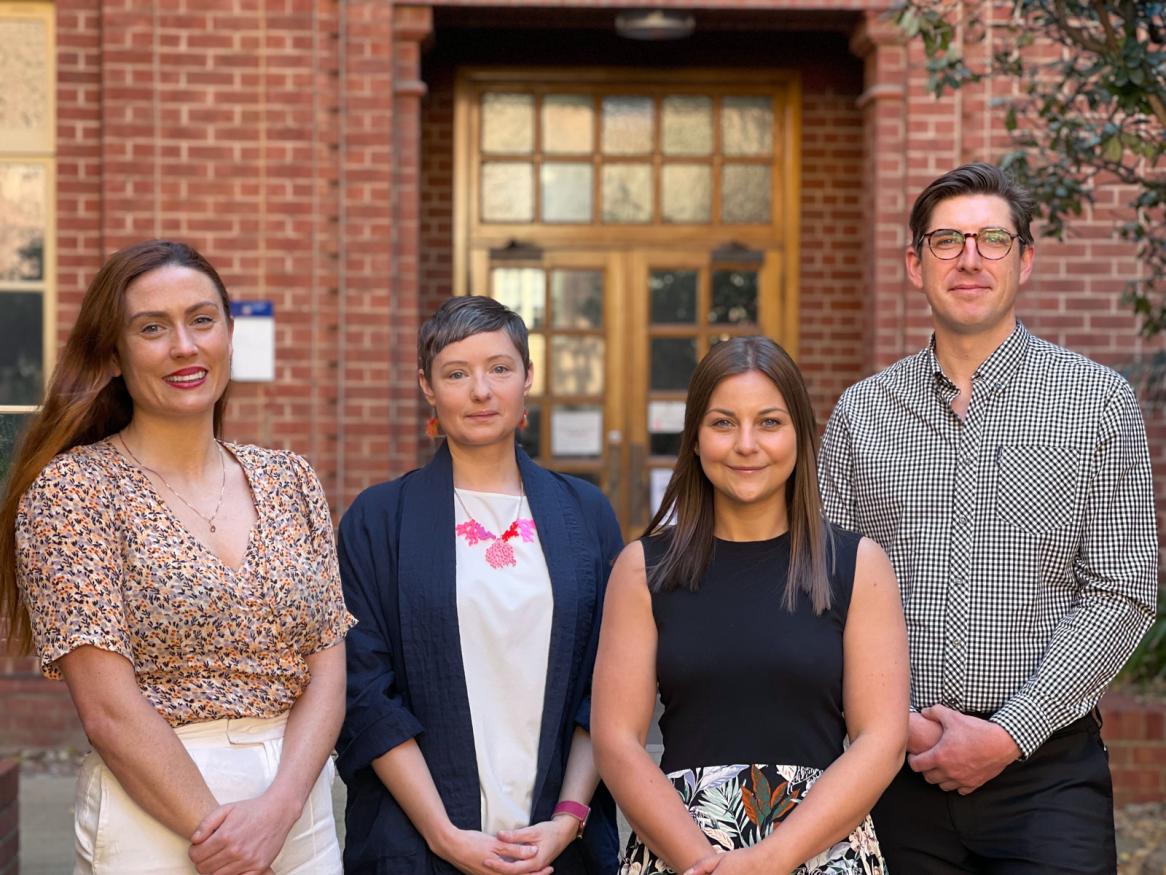
Five University of Adelaide researchers have won 2021 South Australian Young Tall Poppy Science Awards.
[Read more about Tall Poppy awards for Uni of Adelaide researchers]
Echidna conservation science initiative a finalist in Eureka Awards
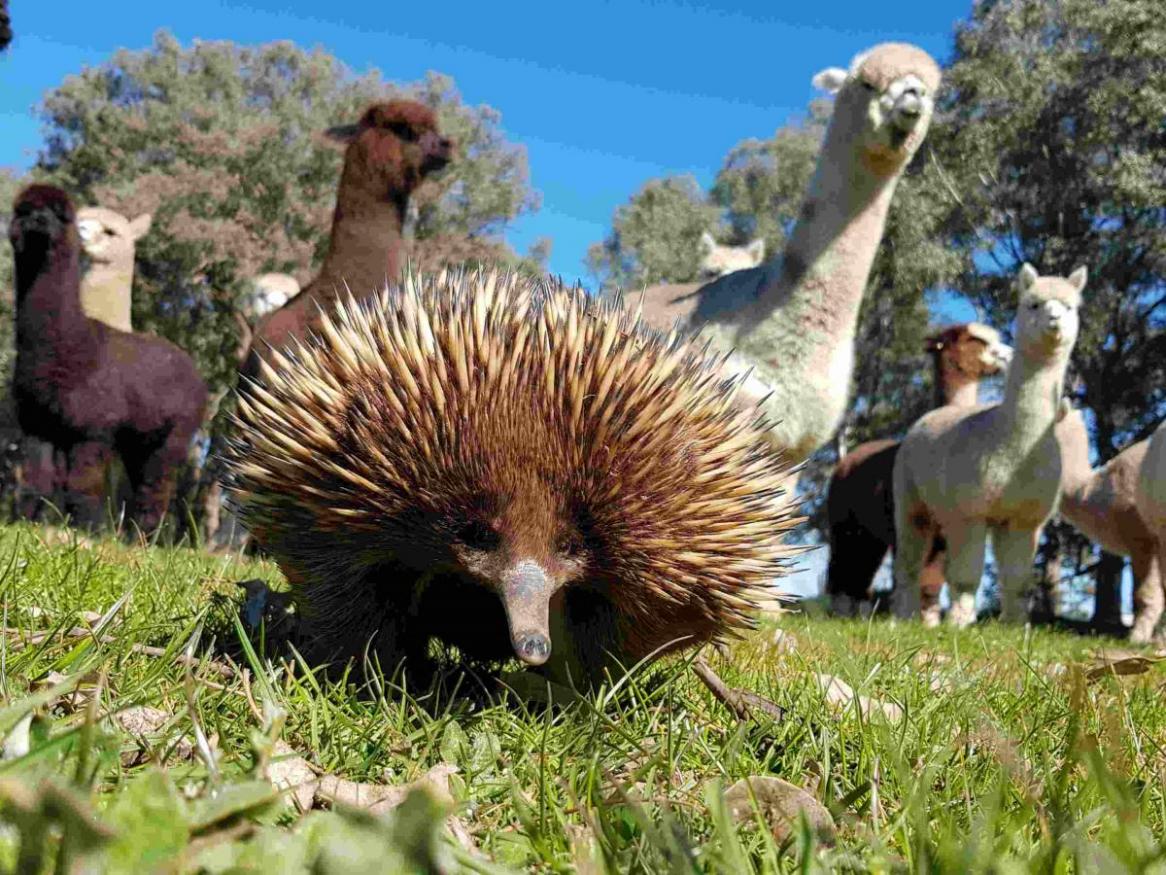
The University of Adelaide’s Echidna Conservation Science Initiative (EchidnaCSI) is a finalist in the Australian Museum’s 2021 Eureka Prizes.
[Read more about Echidna conservation science initiative a finalist in Eureka Awards]
Scientists named as environmental influencers

University of Adelaide scientists have been named among South Australia’s most influential people in the environment sector.
[Read more about Scientists named as environmental influencers]
How did sugar-eating birds co-evolve with plants that produce nectar?
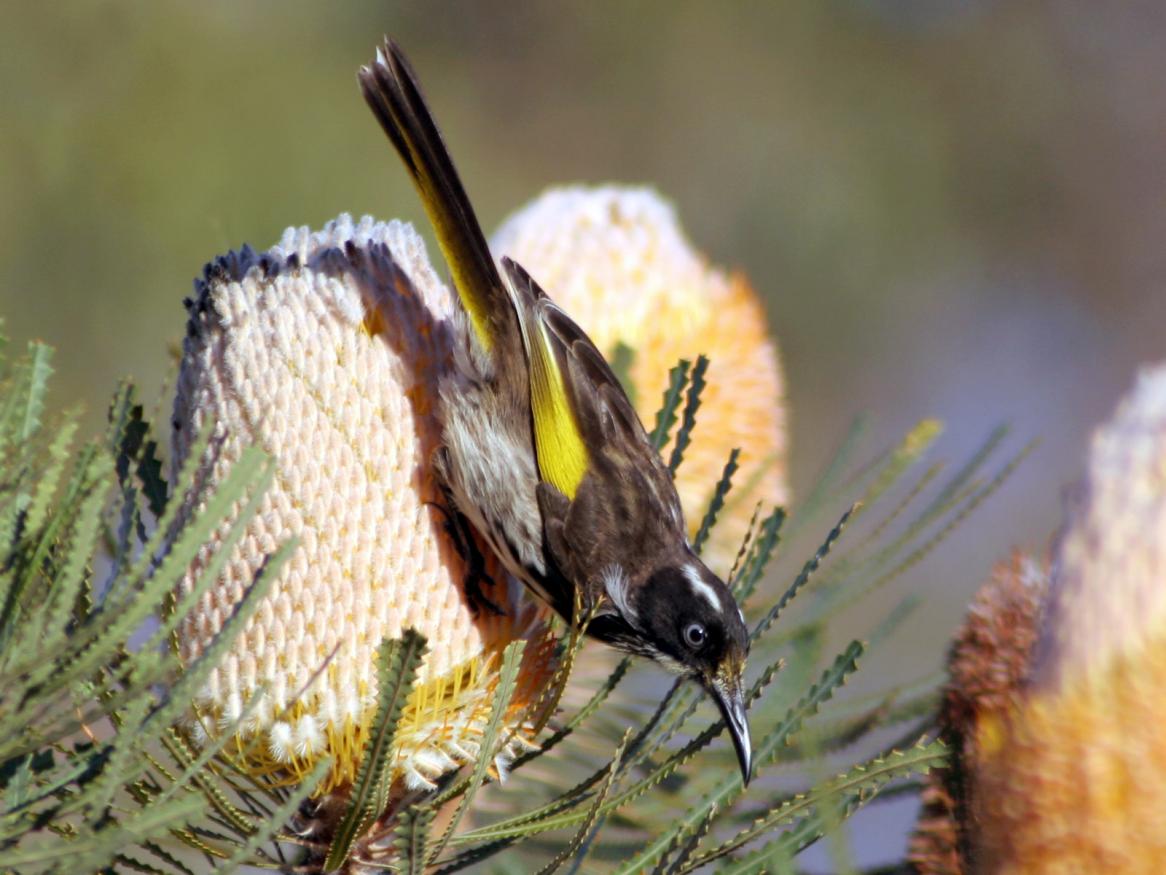
Research led by the University of Adelaide has shown, for the first time, that the digestive systems of nectar-eating birds co-evolved with the nectar-composition in flowers.
[Read more about How did sugar-eating birds co-evolve with plants that produce nectar?]
United States influences Australia's illegal pet trade
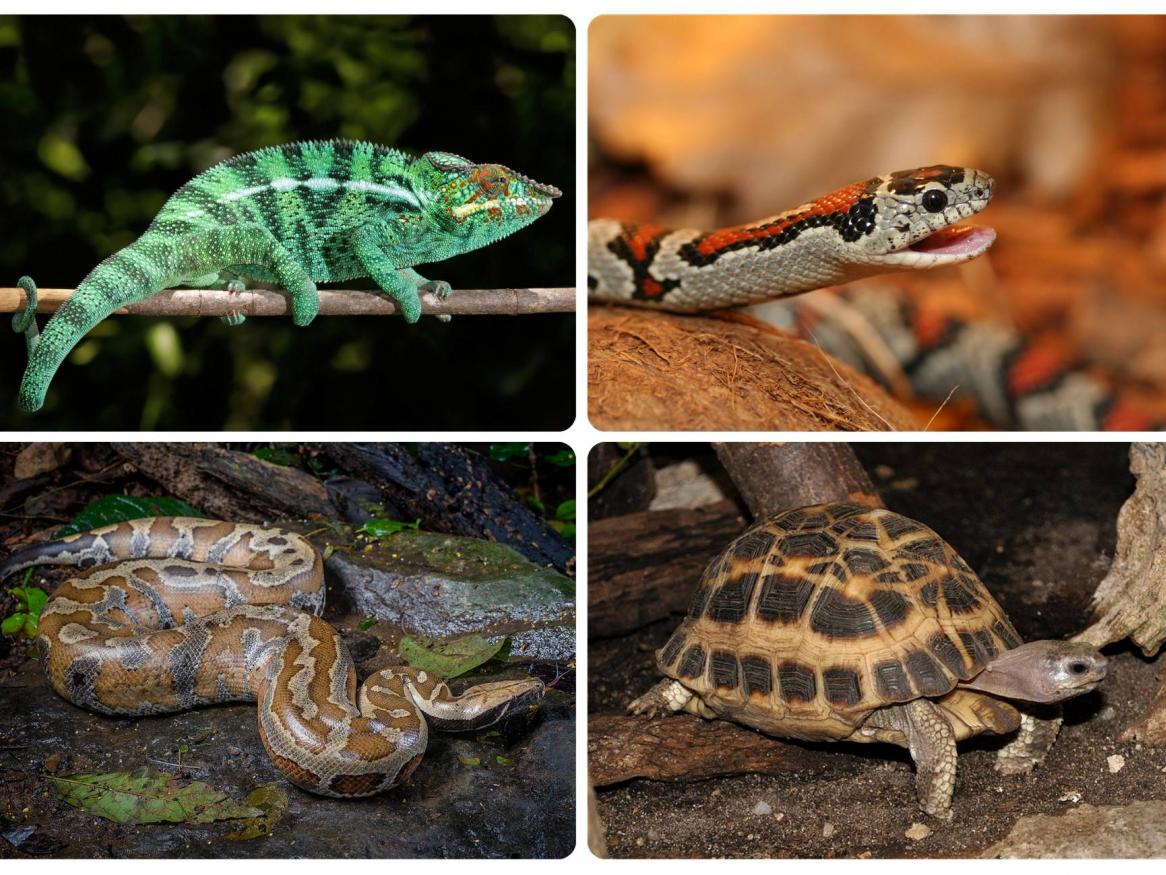
When it comes to importing illegal reptiles, Australia’s trade closely follows US trends, according to new University of Adelaide research.
[Read more about United States influences Australia's illegal pet trade]
Snails, slugs and stick insects - investigating the dynamics of Australia’s terrestrial invertebrate trade
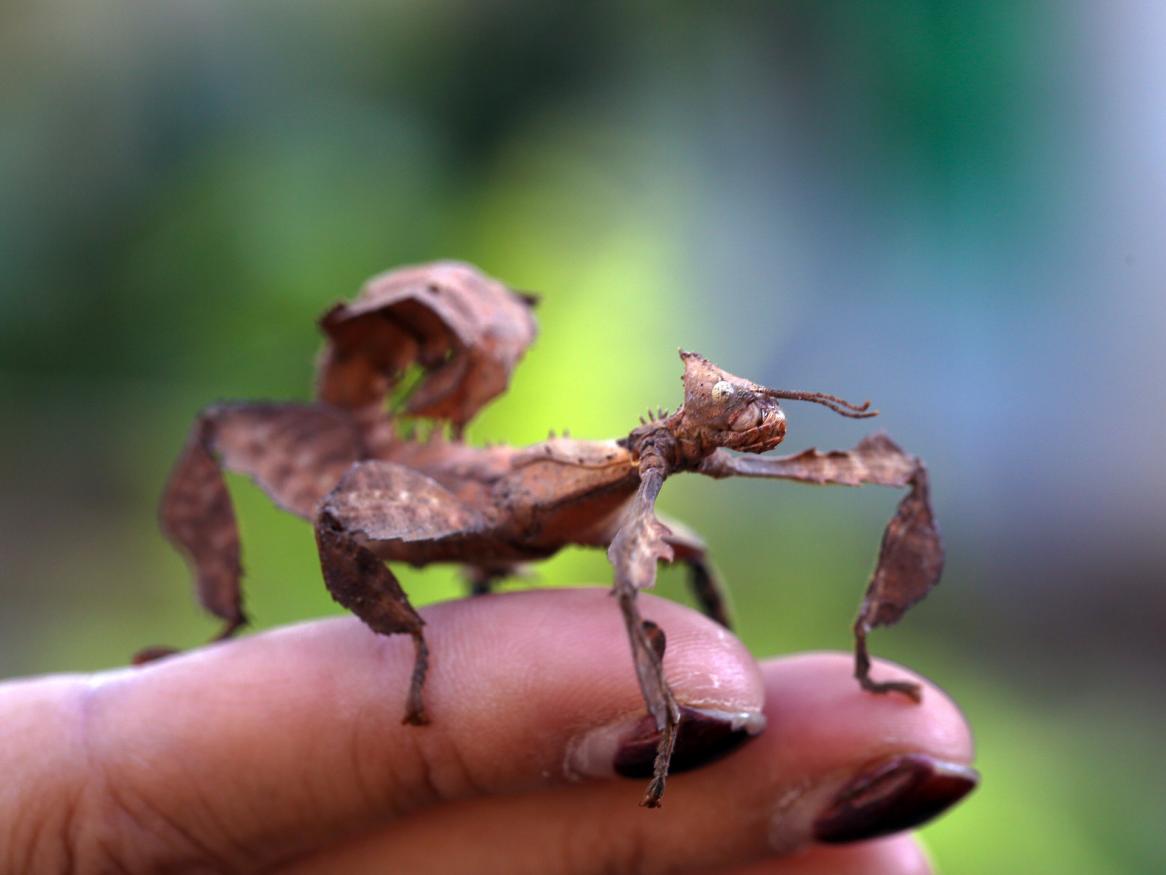
For some people, the idea of having tarantulas and scorpions living in their house is a nightmare; for others, keeping insects is a hobby and a passion, writes Charlotte Lassaline.
How do we detect the impact of rising sea levels?
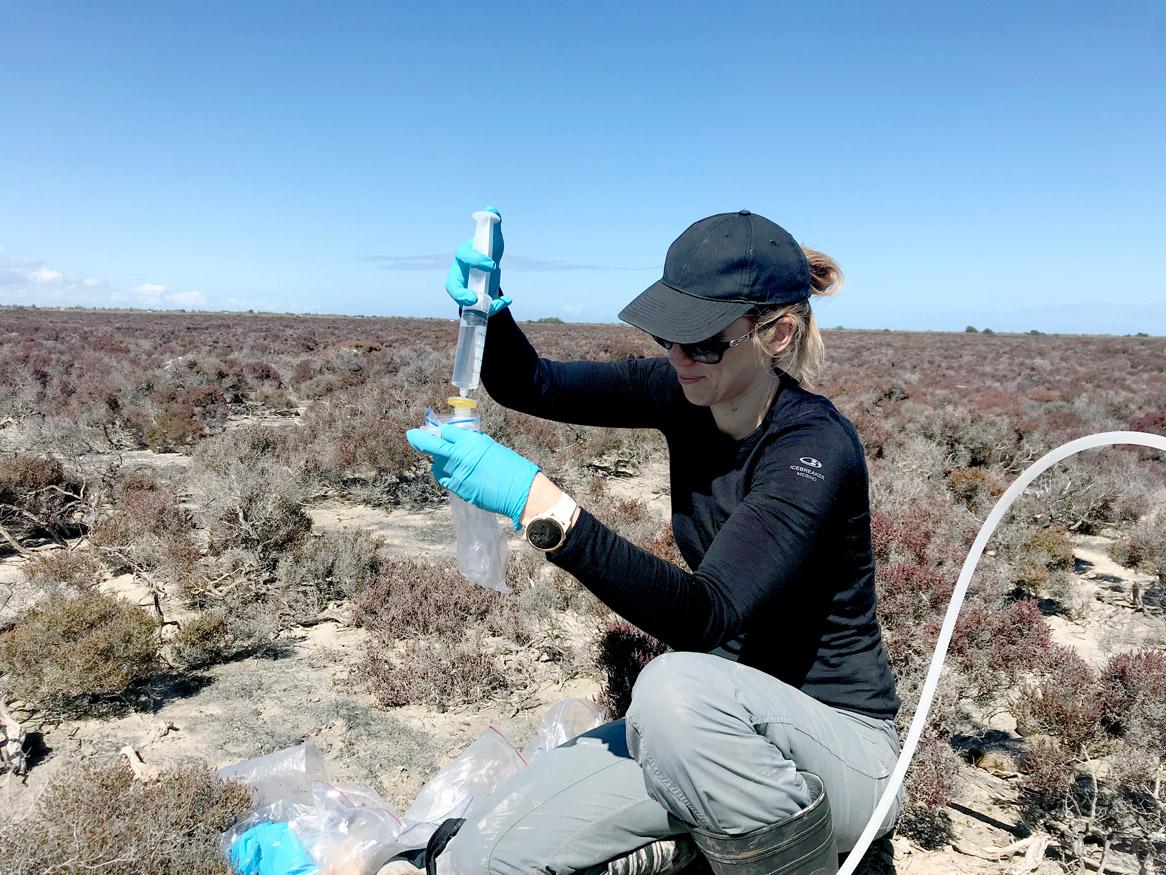
Scientists have come up with a simple new test to analyse sulfur isotopes which can be used to help investigate chemical changes in water.
[Read more about How do we detect the impact of rising sea levels?]
